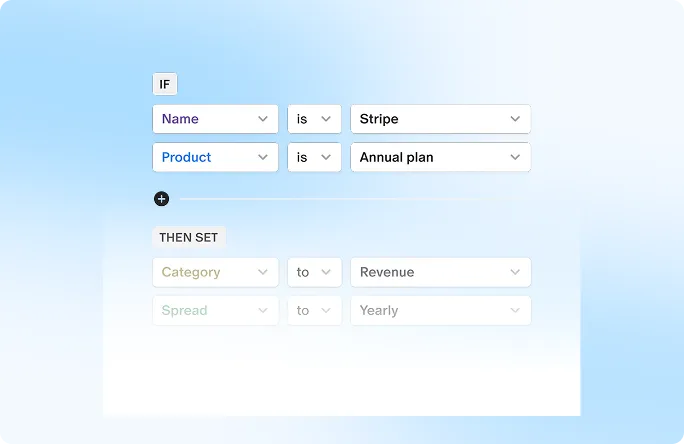What distinguishes an early-stage funding pitch and how can you construct an engaging narrative to persuade investors to support your startup?
Seeking the correct answer? The journey can be arduous, particularly for novice entrepreneurs entering the high-pressure arena of startup pitching.
Here are 8 essential tips that you should consider while preparing your funding pitch. These tips are designed to help you narrate your startup's story clearly and significantly.
1. A Captivating Problem Statement
Begin by specifying the problem you aim to address. Every thriving startup originates from identifying a unique problem. Your funding proposal should concisely explain the specific pain point your business targets, who experiences this issue, and why current solutions are inadequate. Construct an engaging story that will resonate with your audience, making them understand or feel the urgency and relevance of the problem.
2. Your Unique Value Proposition
Once you've established the problem, it's time to showcase your solution. What sets your approach apart? Why is your startup specially equipped to address this issue? Your value proposition should be straightforward, memorable, and closely linked to the problem you've highlighted.
Refrain from using technical terms and complicated descriptions. Opt for simple language and specific examples. Whenever feasible, show your product or service in action. Keep in mind, investors are not just investing in your idea; they are also backing your capability to implement it.
3. Comprehensive Knowledge of Your Business
A successful pitch is grounded in your thorough understanding of your business. Clearly define the problem your startup addresses and how your solution resolves it. Support your claims with pertinent data, research, and case studies that highlight your business model, revenue channels, profit margins, and user base.
4. Market Opportunity and Initial Success
Investors need assurance that there is a substantial market for your solution. Provide detailed data on the total addressable market (TAM), serviceable addressable market (SAM), and serviceable obtainable market (SOM). Beyond the figures, describe your go-to-market strategy and your plan for gaining market share.
Emphasize any early successes such as pilot customers, letters of intent, or initial revenue. These accomplishments serve as evidence validating your concept and demonstrating market interest.
5. An Exceptional Team
For early-stage startups, the team is often as important as the idea. Highlight the expertise and experience of your founding team, showcasing relevant skills, industry knowledge, and past achievements. If there are gaps in the team, address them and outline your strategy for filling these roles.
Investors are not only investing in your current team but also in your capacity to attract and maintain top talent as the company grows. Demonstrating a strong network and the ability to cultivate a great organizational culture can distinguish you from others.
7. Show the Roadmap and Exit Strategy
Even in the early stages, investors want to know your long-term vision and how they will eventually see a return on their investment. Outline your roadmap, including key milestones you aim to achieve with the funding you are seeking. Additionally, present a clear exit strategy, whether it's through an acquisition, IPO, or another means. This shows investors that you have a plan for sustainable growth and profitability.
8. Nurture Relationships and Network
Rejection is often part of the fundraising journey, but it doesn't necessarily mean the door is closed. Maintain connections with investors who have shown interest and provide them with regular updates on your progress. This helps build a relationship, keeping them engaged and potentially leading to future funding opportunities. Additionally, seek their advice and use their connections to grow your network.
Bottom line
Excelling in these eight aspects can notably enhance your likelihood of attracting early-stage funding. Keep in mind that an excellent pitch transcends a simple presentation - it is a narrative that invites investors to become part of your venture. Rehearse your pitch, foresee questions, and remain adaptable to investor feedback.
You'll be well-prepared to leave a lasting impression in your forthcoming funding pitch by focusing on a persuasive problem statement, a distinct value proposition, market potential, an exceptional team, and transparent financials.
FAQs
1. What is the early stage financing method?
Early stage financing typically involves three phases, i.e., seed, pre-launch, and start-up. Seed funding supports initial concept testing and prototyping. Pre-launch financing helps establish the business foundation. Start-up financing covers initial operations, including bridge financing, working capital, and contingency funds. These methods aim to support a startup's growth from idea to market entry.
2. What is the earliest stage of funding?
The earliest stage of funding is pre-seed or seed financing. This initial phase supports entrepreneurs in developing and assessing their business idea's viability. Funds are used for feasibility studies, prototype development, market potential evaluation, and intellectual property protection. At this stage, entrepreneurs often use personal resources or seek small investments to prove their concept.
3. How to get early stage funding?
To secure early stage funding:
1. Develop a solid business plan and prototype
2. Network with potential investors
3. Participate in pitch competitions
4. Explore crowdfunding platforms
5. Apply to startup accelerators
6. Seek angel investors
7. Consider government grants
8. Leverage personal savings or friends and family support
4. What is early stage VC funding?
Early stage VC funding typically occurs during the Series A financing round. At this point, startups should have a developed product, consistent revenue flow, and a plan for long-term profitability. Venture capitalists invest between $1 million and $15 million in exchange for equity, valuing the company between $10 million and $30 million. This funding helps startups scale operations and expand market reach.


 Equity management
Equity management

 Fund management
Fund management

 Fund management
Fund management

 Fund management
Fund management












































